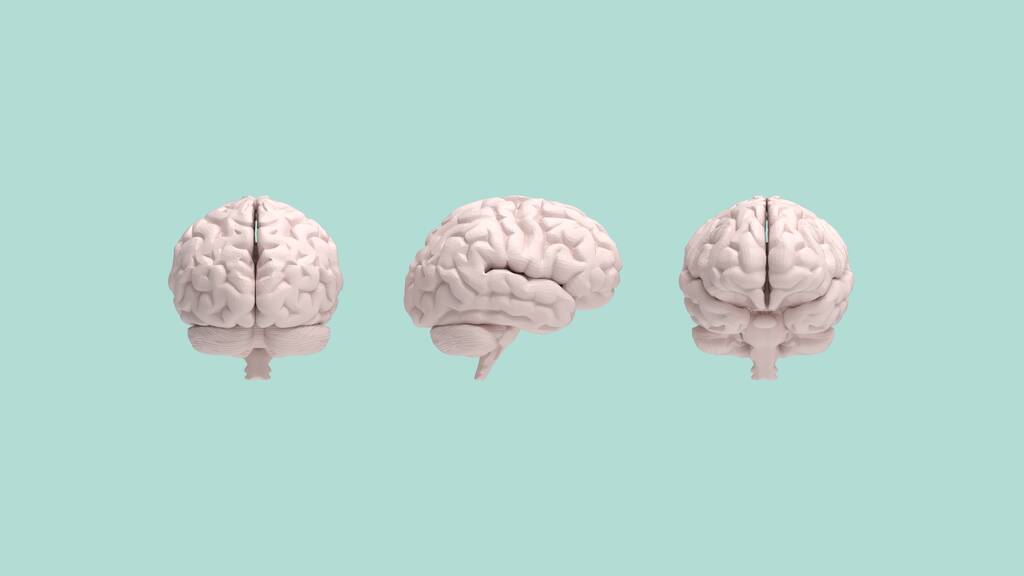Brain Plasticity: Nootropic Explained
September 13, 2023

Welcome, curious mind, to the fascinating world of nootropics and brain plasticity. If you've ever wondered how these two concepts intertwine, you've come to the right place. Let's dive right in, shall we?
Our brains are not static, unchanging entities. They are dynamic, constantly evolving, and adapting. This ability to change and adapt is known as brain plasticity. Nootropics, on the other hand, are substances that can enhance cognitive function, memory, creativity, or motivation. Now, let's explore how these two concepts are related.

Understanding Brain Plasticity
Brain plasticity, also known as neuroplasticity, is the brain's ability to reorganize itself by forming new neural connections throughout life. It allows the neurons (nerve cells) in the brain to compensate for injury and disease and to adjust their activities in response to new situations or to changes in their environment.
Imagine your brain as a dense forest with countless paths. These paths represent the neural connections in your brain. When you learn something new or have a new experience, you're essentially carving out a new path in this forest. The more you use this path, the more ingrained it becomes. That's brain plasticity in action!
Types of Brain Plasticity
There are two main types of brain plasticity: structural and functional. Structural plasticity refers to the brain's ability to change its physical structure as a result of learning. For example, when you learn a new language, certain areas of your brain actually grow!
Functional plasticity, on the other hand, is the brain's ability to move functions from a damaged area of the brain to other undamaged areas. If a part of the brain becomes damaged due to injury or disease, other parts of the brain can take over the functions that the damaged area used to perform. It's like a backup system for your brain!
The Role of Nootropics
Now that we've explored the concept of brain plasticity, let's turn our attention to nootropics. Nootropics are substances that can enhance cognitive function. They're often referred to as "smart drugs" or "cognitive enhancers."
But how do nootropics work? Well, they work by increasing the brain's supply of neurochemicals, improving the brain's oxygen supply, or stimulating nerve growth. In other words, they help your brain function at its best.
Types of Nootropics
There are several types of nootropics, including dietary supplements, synthetic compounds, and prescription drugs. Dietary supplements include substances like caffeine, creatine, and omega-3 fatty acids. Synthetic compounds include substances like racetams and modafinil. Prescription drugs include substances like Adderall and Ritalin.
Each type of nootropic works in a slightly different way. For example, caffeine works by blocking adenosine receptors in the brain, which increases alertness. Racetams, on the other hand, work by enhancing the brain's cholinergic system, which is involved in memory and learning.
How Nootropics Enhance Brain Plasticity
Now, let's bring it all together. How do nootropics enhance brain plasticity? Well, by enhancing the brain's neurochemical supply or stimulating nerve growth, nootropics can help create new neural pathways and strengthen existing ones. This can lead to improved learning, memory, and cognitive function.
For example, some nootropics increase the production of Brain-Derived Neurotrophic Factor (BDNF), a protein that supports the survival of existing neurons and encourages the growth and differentiation of new neurons and synapses. In other words, BDNF is like fertilizer for your brain!
Benefits of Enhanced Brain Plasticity
Enhanced brain plasticity can have several benefits. For one, it can improve learning and memory. Remember the forest analogy? Well, the more paths (or neural connections) you have in your brain, the easier it is to retrieve information.
Enhanced brain plasticity can also improve cognitive flexibility. This is the ability to switch between thinking about two different concepts, or to think about multiple concepts simultaneously. It's like being able to switch between different paths in the forest quickly and efficiently.
Considerations When Using Nootropics
While nootropics can have several benefits, it's important to use them responsibly. Like any substance, nootropics can have side effects, especially when used in excess. These can include insomnia, anxiety, and gastrointestinal problems.
It's also important to remember that nootropics are not a magic bullet. They can enhance cognitive function, but they can't replace a healthy lifestyle. Regular exercise, a balanced diet, and adequate sleep are all crucial for optimal brain health and function.
Choosing the Right Nootropic
Choosing the right nootropic can be a bit like navigating a maze. There are so many options, and what works for one person might not work for another. It's important to do your research and consult with a healthcare professional before starting any new supplement regimen.
When choosing a nootropic, consider your individual needs and goals. Are you looking to improve memory? Enhance focus? Reduce anxiety? Different nootropics have different effects, so choose one that aligns with your goals.

Conclusion
So there you have it: a deep dive into the world of brain plasticity and nootropics. These two concepts may seem complex, but they're really just different pieces of the same puzzle: the puzzle of how our brains work and how we can optimize their function.
Remember, our brains are not static, unchanging entities. They are dynamic, constantly evolving, and adapting. And with the help of nootropics, we can enhance this process and unlock our full cognitive potential. So go forth, curious mind, and explore the fascinating world of brain plasticity and nootropics!

 Back to Blog
Back to Blog